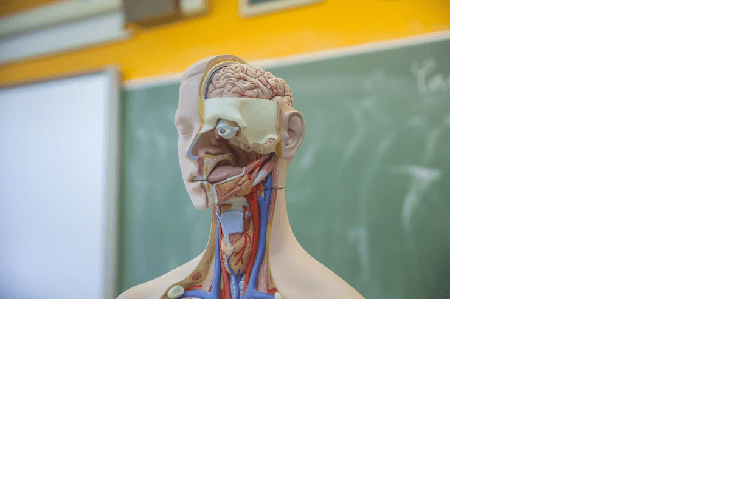3D-printed human organs were still in the experimental and research phases, and their widespread use in medical practice had not yet been realized. However, I can provide some context on the state of 3D-printed organs up to that point, and it’s possible that there have been significant developments since then.
In the field of regenerative medicine and tissue engineering, researchers have been making significant progress in 3D printing human organs and tissues using a variety of biocompatible materials and techniques. The potential applications of 3D-printed organs are vast, including organ transplantation, drug testing, and personalized medicine.
Here are some key points regarding 3D-printed human organs:
- Bioprinting Technology: 3D bioprinting involves the layer-by-layer deposition of biological materials, such as cells and biomaterials, to create functional tissue and organs. Various techniques, including extrusion-based printing and inkjet printing, have been used.
- Materials: Researchers have been experimenting with different bioinks, which are materials containing cells that can be used for 3D printing. These bioinks can include various cell types, growth factors, and scaffolding materials to create complex structures.
- Challenges: While there has been progress, there are still significant challenges to overcome. These include ensuring the printed organs are functional and safe for transplantation, vascularization (developing a network of blood vessels within the printed organ), and regulatory approval.
- Animal Testing: Some 3D-printed organs and tissues have been successfully transplanted into animals for testing, demonstrating the feasibility of the technology. However, human trials were in the early stages as of my last update.
- Ethical and Regulatory Considerations: The use of 3D-printed organs raises important ethical and regulatory questions. Ensuring safety and efficacy, as well as addressing issues related to organ sourcing and consent, are ongoing challenges.
Since my last update, there might have been significant advancements in the field of 3D-printed organs. I recommend checking the latest scientific and medical news sources or consulting with experts in the field to get the most up-to-date information on the use of 3D-printed human organs. The timeline for their widespread use in clinical practice may vary depending on ongoing research and regulatory approval processes.




